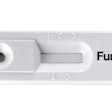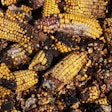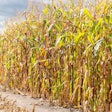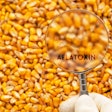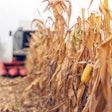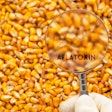
Proactive risk management is crucial for farmers and producers worldwide in order to safeguard animal health and combat mycotoxins in feed. To determine the need for mitigating measures such as feed additives, they require comprehensive data on contaminants and their associated risks.

Cargill has the largest and most extensive mycotoxin contamination database globally, offering real-time information on the most problematic mycotoxins, their contamination levels, and their impact on animal performance and sensitivity.
Gilles Houdart, Cargill's global micronutrition and health solutions director for animal nutrition, emphasizes the importance of healthy animals for optimal productivity and explains how mycotoxins can harm animal health and performance, even without visible symptoms, by compromising the immune system and hindering nutrient absorption and vaccine response.
With this wealth of data, Cargill can promptly assess regional, species-specific, and ingredient-related risks in real-time. As a feed user and producer working closely with customers worldwide, Cargill has developed a Mycotoxin Impact Calculator (MIC) to address these concerns.
This in-house tool utilizes data-driven insights to help customers identify and mitigate mycotoxins, ultimately improving animal performance and boosting the bottom line.
The key findings in Cargill's global mycotoxin report include:
1) A slight decrease in overall mycotoxin pressure compared to the previous year, with 70% of samples surpassing the detection limit and 37% exceeding Cargill's performance risk thresholds.
2) The top three mycotoxins that demand attention due to their prevalence and risk levels are Deoxynivalenol (DON), Fumonisin (FUM) and Zearalenone (ZEN). The past year saw a notable increase in FUM analyses surpassing performance risk thresholds, while both DON and ZEN experienced decreases.
3) Co-occurrence of multiple mycotoxins is also prevalent, with 78% of samples testing positive for three or more mycotoxins.
"Our customers need real-time actionable data to help them make sound decisions for their business. Thanks to our data centralization efforts and decision-making tools, Cargill helps to characterize mycotoxin risk for each situation to adopt the appropriate solution," adds the author of the report, Clement Soulet, global anti-mycotoxin agent category manager for Cargill's animal nutrition business.
The full 2023 World Mycotoxin Report can be accessed here or by emailing: mailto:[email protected].










